Alongside its emergency importing of iPhones before tariffs hugely increased costs, Apple is now said to have also had Macs airlifted into the US.
With the extra China tariff now in force, Apple is currently required to pay 104% on top of the import cost. Even before this increase, and even before Trump announced his initial tariffs, Apple took steps to minimize the hit it expected to face.
That was said to consist of stockpiling iPhones, having five flights full of them head for the States ahead of Trump's deadline. Now according to Nikkei Asia, Apple was far from the sole technology company doing this — and it wasn't only importing iPhones.
While details are sketchy, the publication claims that Apple, Dell, Microsoft, and Lenovo all shipped their most premium devices to the States. Specifically, it's said that the shipments included computers priced at over $3,000.
"We got a call from clients to make as many consumer electronics as possible and to ship as many of them by air as possible," one Apple, Microsoft, and Google supplier said. "But the biggest challenge is that we don't have so many components and materials in stock. There's only so much we could ship less than a week before the new tariffs begin."
Consequently there were only so many Macs, or iPhones and iPads, that could be imported and cleared through customs before the deadline of midnight on April 8, 2025. Reportedly, manufacturers including Apple are now looking for ways to temper the impact of the tariffs, whether by reshoring — or stopping shipping to the States.
Asus, for instance, has halted US shipments. Acer has told its suppliers that it will be focusing on sales to Europe and Asia Pacific instead of the States.
An unnamed executive with a supplier serving Apple, Google, and Microsoft said some 75% to 80% of the consumer electronics market is outside of the U.S. and that companies could focus on those.
"Even for American companies like Apple, the U.S. is not 100% of its market," the executive told the publication. "The tech supply chain has been building up networks in India, Southeast Asia and Mexico for years, and those efforts won't be in vain."
"Those networks will still come in handy for the rest of the world," they continued.
How long Apple's stockpile could last
For consumers in the US, higher prices are inescapable, unless the tariffs are altered before Apple's stockpile runs out. It's not known how many devices Apple was able to import ahead of the tariffs, but if the first five flights did contain chiefly iPhones, then it's possible to make some estimates.
In 2015, US airfreight firm Flexport said that a single Boeing 747 was able to hold 300,000 iPhones. So five full flights could hold 1.5 million iPhones.
Based on statistics including iPhone global sales figures by marketing firm Backlinko, Apple is estimated to sell around 320,000 iPhones in the US every day.
These are estimates upon estimates. With their old and very broad figures, Apple may have stockpiled enough iPhones to last at least just over four days on top of whatever it had in the country already. And then, there's stock that Apple vendors hold too.
Apple is notorious for "just in time" marketing, and has been said to have less than a month of stock on-hand at any given time. Before Wednesday, the company would often ship devices to consumers straight from China. It's not clear if that will continue.
Plus what's been given are only estimates, and the real figures may be higher because Apple has drastically reduced the size of its iPhone packaging. So at least in theory, it can fit more iPhones in a single airlift shipment assuming the 747 cargo capacity than before — but that also assumes that sufficient devices have been made.
It also excludes Macs, because there is no way to determine the mix of devices involved.
Ultimately neither Apple nor any other business expected tariffs to be as radically and ruinously high as they are. And that also means that consumers have been panic-buying iPhones since the tariffs were announced.
 William Gallagher
William Gallagher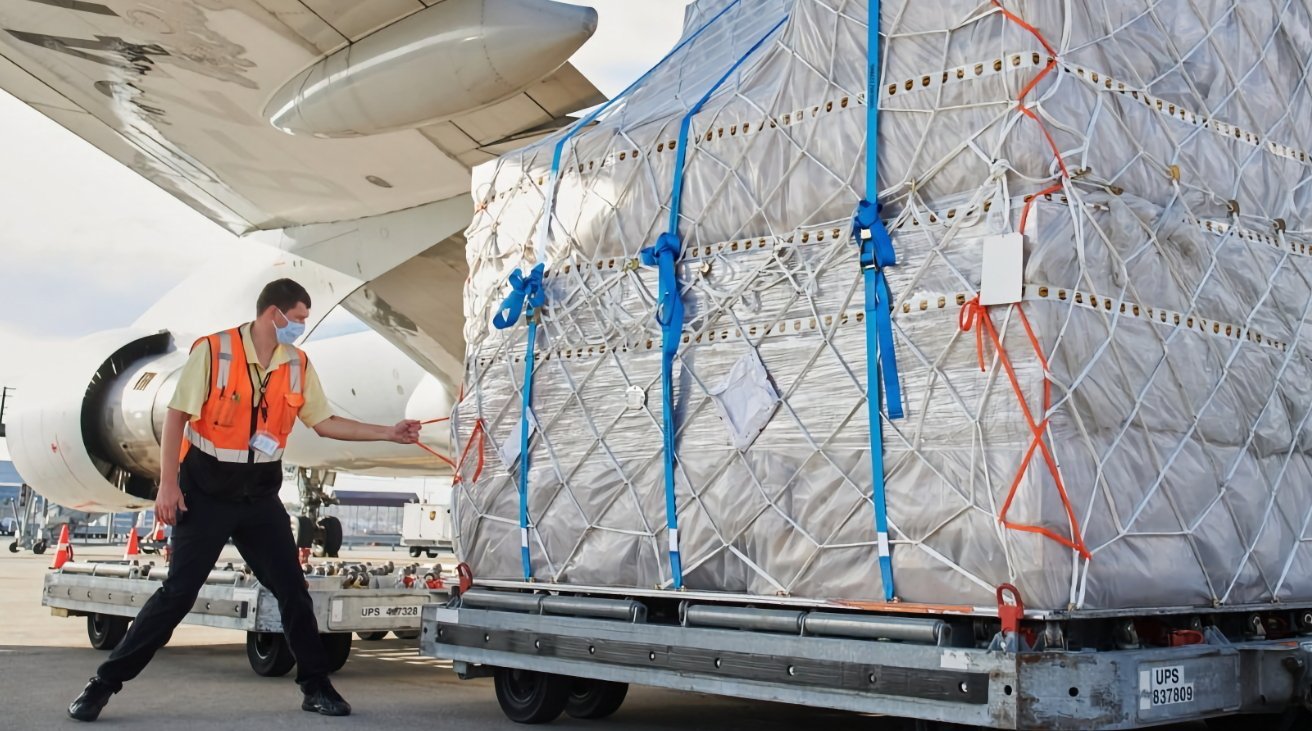
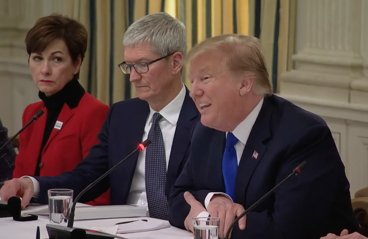
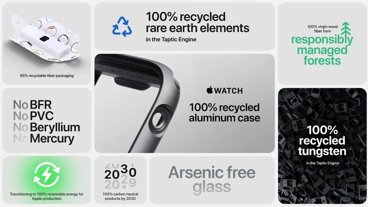
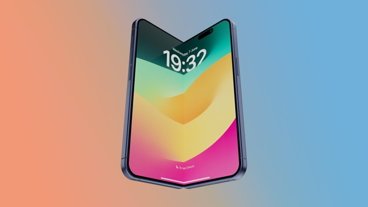

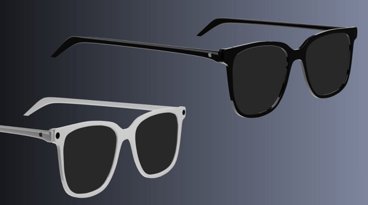

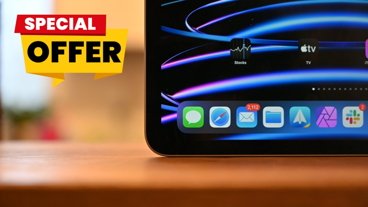
-m.jpg)



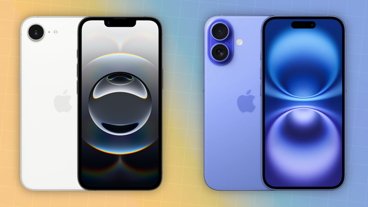
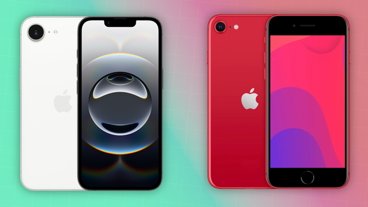

 Bon Adamson
Bon Adamson
 Marko Zivkovic
Marko Zivkovic
 Amber Neely
Amber Neely
 Malcolm Owen
Malcolm Owen
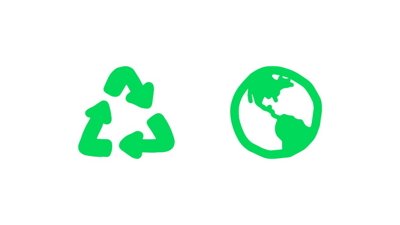

 Christine McKee
Christine McKee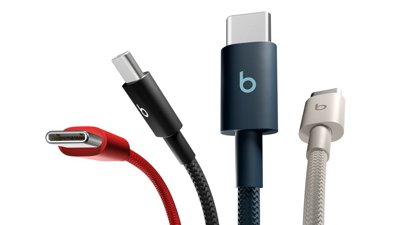
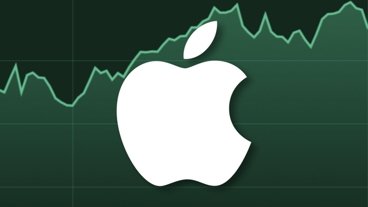
-m.jpg)

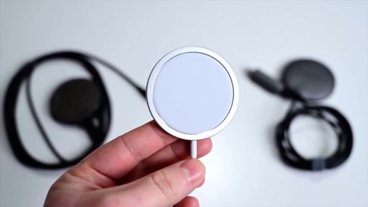
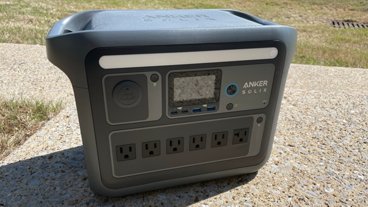

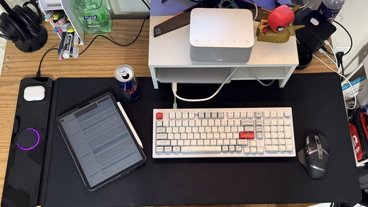

3 Comments
One other headwind against Apple is that it's largely an American brand.
And in a world where alternatives like Huawei, Samsung, and Xiaomi are catching up fast on hardware, that brand halo matters more than ever.
"